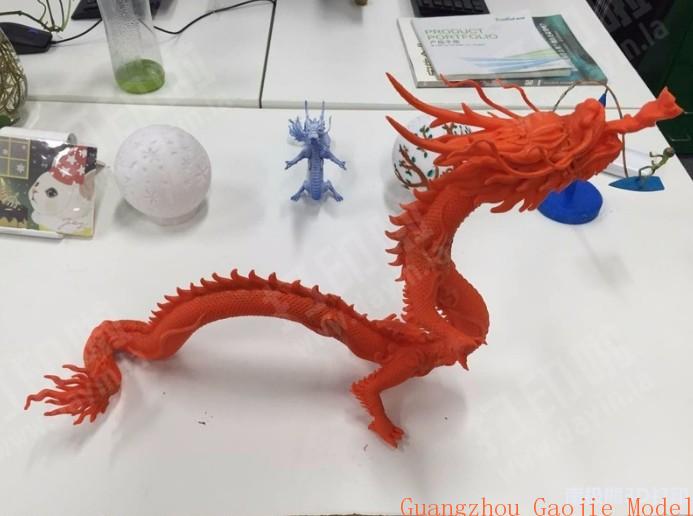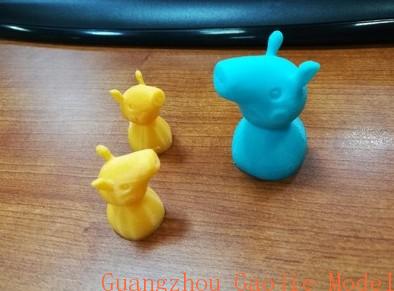It is sometimes annoying to design the 3D model for 3D printing, because the 3D model used for 3D printing is not completely unified. Different modeling software, different printing materials, different printer models even mean completely different 3D printing techniques, all of which are responsive to the different requirements of the 3D model. So as a 3D Designer If you feel it's difficult to design a good 3D print model, it's just too normal to make a brief summary of some of the problems that are easy to happen during the transformation of the 3D model into a physical process.

3D model file and selected print consumables do not match
The performance of each type of printing consumables is different. Some are weak, some are strong, some are soft, some are hard, some are smooth, some are rough, some are dense, and so on. So after you decide to use the 3D printing process to produce the product, the ideal scenario is that you've figured out what supplies to use to print the object before you draw the 3D model. For example, if you want to print with ceramic 3D, you can think ahead of time about the characteristics of ceramic 3D printing and design the appropriate reinforcement elements for the parts that must be used in printing. There are also suitable corner design and so on.

Please be aware that the printing materials you use have determined that you must follow the 3D model features that are suitable for this material. If these features are not satisfied, you will be prone to defects and problems in actual printing. There is even a situation where there is no printing at all.
Each 3D printing material is different. Please read the material guide before selecting your printed material.
Solution: please make your 3D model strictly according to the design features of your selected consumables. It is best to read the design guide for the material before you start building the model. If you are not sure what kind of printing consumables you would like to use, you can consult our material Guide page at any time.
2.3D model file and selected printing process do not match
In 3D printing, there are not only different properties of consumables, but also many kinds of printing techniques. Different printing processes also represent different requirements for printing objects. For example, you can print 3D models with clasping structures when printing absconia plaques, aluminum alloys, or rubber-like materials, while gold, silver, copper, resins, high precision and high toughness abs cannot print models with interlocking structures. The reason is nothing to do with the properties of consumables, but because of the different printing techniques used. Abs and pla consumables we use a technology called fdm for 3D printing, which supports dual sprinklers. Other types of consumables can be used as support materials for printing, so some interlocking structures can be printed. On the other hand, aluminum alloy and rubber-like materials are printed using a technology called sls. Because it is a powder based printing method, interlocking structure can be printed without supporting material. For precious metals, we have to use dewaxing, so we can't make mutual-buckle structure, and resin, high precision and high toughness abs printing, we use a kind of liquid based 3D printing technology called sla, and we can't generate mutual buckling support.

There are many 3D printing processes, and different printing processes have different printing restrictions.
Solution: you can refer to our material Guide page at any time. Here is a list of the printing process names for different materials and the design guidelines for each printing process.

